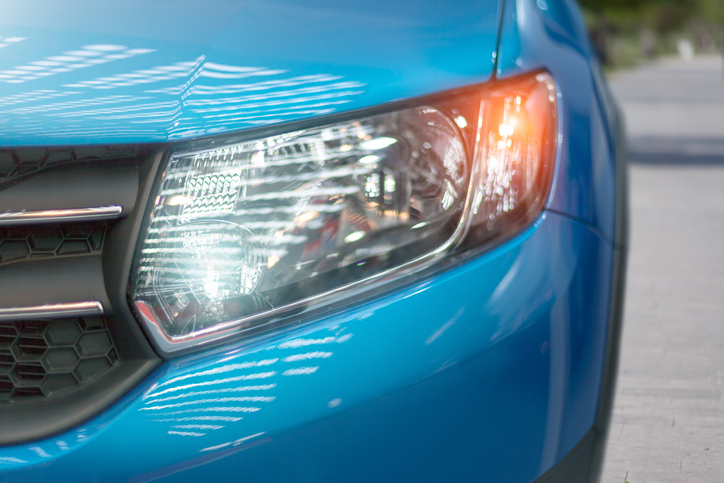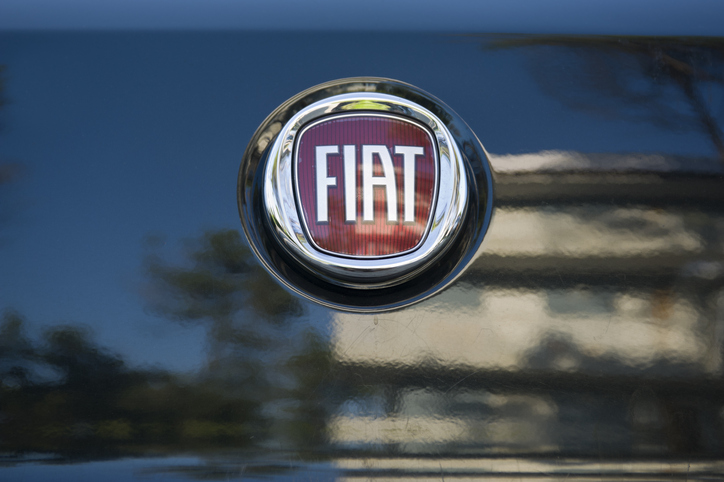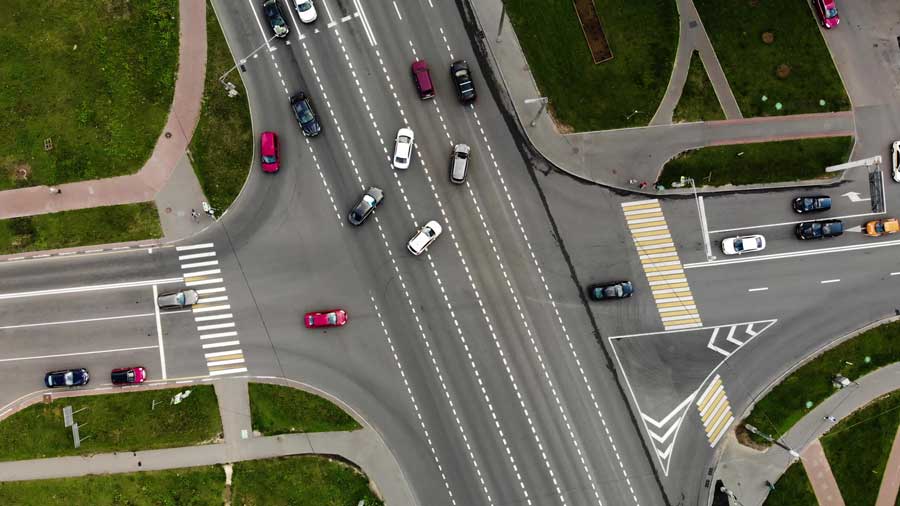Should I signal?
Should I Signal?
Paul from CompetentDrivingBC often shares his insights here on DriveSmartBC. I like his explanation of whether to signal or not and decided to share it with you. It’s great advice that we should all practice all the time.
Surprisingly often, when teaching new drivers, I’ve been asked ‘Do I have to signal this?’.
My stock answer would be along the lines of ‘Will it hurt? Can you afford the electricity? Might it help other road users figure out what you’re going to do next?’
The mandatory turn lane is a classic example. The driver’s logic being I have to do this, so why on earth would I tell people I’m going to do this? Well the answer is simple enough – while you, the driver may (and should) be aware of the regulatory signs and arrows facing you, that doesn’t mean that the other road users – and this includes cyclists and pedestrians of course – have any idea about it. What does the back of a square regulatory sign look like, what message can be extracted from that? Rhetorical question, naturally. Basically, only Octagons, Triangles, Crossbucks, and Pentagons – along with Diamond shaped Playground signs accompanied by a W3 horizontal tab – can be comprehended from behind them.
And Section 170 of the MVA is pretty clear; if your maneuver may affect traffic, it must be signalled in advance. Why doesn’t the law simply require every turn to be signalled ahead of time? My guess would be that it was written back in the day when convenient electric turn signals were not yet common; so if you imagine some farmer in the middle of nowhere, driving his ’32 Ford truck and about to turn from the highway into the gravel road back to his farm – without a living soul in miles apart from the buzzard sitting on the fence post – well he’s busy enough double-clutching his downshifts before the turn, and cranking that armstrong steering, so expecting him to stick his left hand and arm in the appropriate direction would be pretty absurd. The buzzard doesn’t care.
When it comes to lane changes, we’re looking at a different and much more recent time in the evolution of both automobiles and roadways. A time when, for instance, separate traffic lanes now existed. And electrically operated turn signals in cars were becoming commonplace. So Section 151(c) MVA gives you no choice. Even if you’re miles from nowhere in the middle of the night without another road user apparent in the landscape, you still have to signal your lane changes; so there is NO EXCUSE for anyone not to do this, and NO EXCUSE for the cops to ignore it when drivers don’t do so. Pardon me for shouting. Pet peeve? ‘What’s that?’, he asked, innocently.
A most excellent Driving Instructor by the name of Keith who used to be a colleague of mine used to give this advice to his students; that a driver should always know, from scanning the scene ahead and in his mirrors, who needed to actually see that signal, and endeavour to ensure that they had done so. Great advice – but I think there’s one exception, and that’s when you’re heading onto the freeway; so often, the entrance ramp will be at a different angle, and frequently at a different elevation, to the freeway itself. So drivers on the freeway will have the opportunity to notice that blinking light way before you’re able to spot them in your mirrors.
You might think that I would shut up now, but here are a couple of observations I’ve made about european vs north american rules regarding the signals on cars. Rules over there are much more stringent – you won’t see any red turn signal lenses (they will always be amber) and you won’t see any brake light bulbs and turn signal bulbs being used in common, either. Furthermore – and I think this stems from their realization that pedestrians and turning vehicles will often be in close proximity at intersections – they have required turn signal lights to be installed on the sides of the front fenders as well, for the information of those out of the line of the driver’s sight. Look at the Audi’s, BMW’s, Mercedes, etc around you and you’ll see what I mean. Good thinking, good design.
Story URL: https://www.drivesmartbc.ca/skills/should-i-signal
Constable Tim Schewe (Retired)DriveSmartBC: Where better than average drivers satisfy their curiosity.
Are you classed as a high risk driver in Ontario? Get an instant quote from the high risk auto pros. Your auto insurance is one click away.





